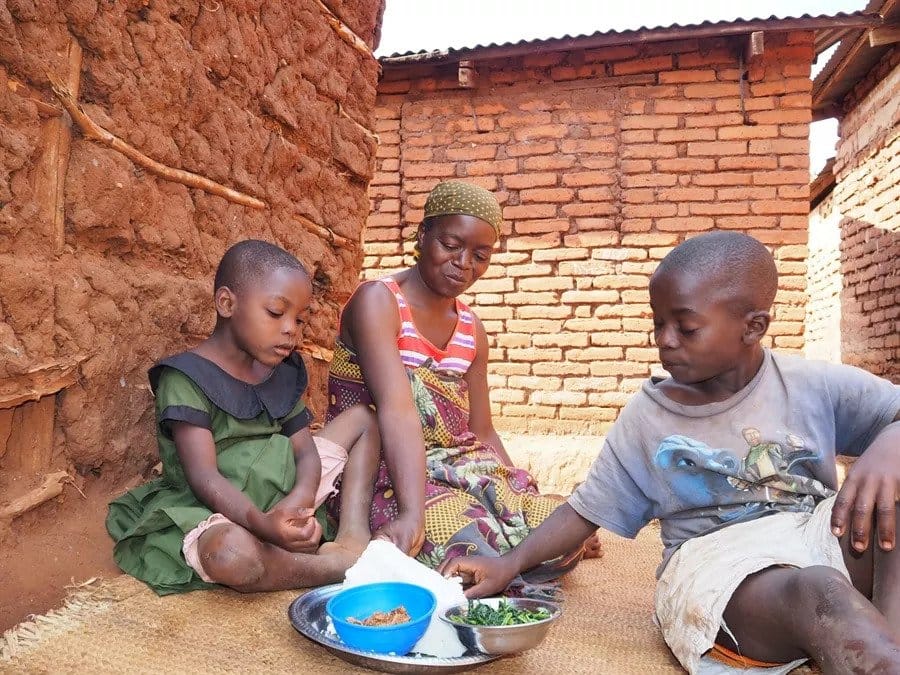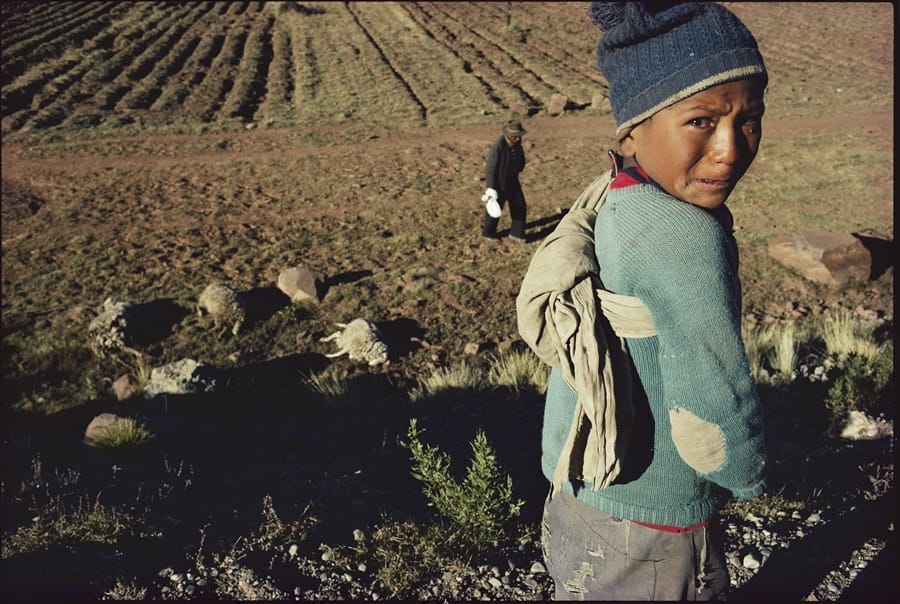In his 2013 New York Times op-ed "Good Charity, Bad Charity," Peter Singer looked at two of Rockefeller Philanthropy Advisors' main issue areas: "health and safety" and "arts, culture, and heritage."* While the Advisors' website stated that there was no way of selecting the "most urgent" philanthropic issue, Professor Singer argued that this simply wasn't true. "To me it seems clear that there are objective reasons for thinking we may be able to do more good in one of these areas than in another," he wrote, and compared the effect of making a $100,000 gift to either a fine art museum or an organization seeking to reduce the incidence of trachoma, a contagious infection which causes impaired vision and eventual blindness.
In this scenario, $100,000 could pay for about 1/500th of a new museum wing, enhancing the museum-going experience of about 100,000 visitors, or it could prevent 1000 people from losing their sight. While I admit I am an ardent museum-goer and have donated to my favorites in the past, this comparison made it clear to me that that money could be better spent elsewhere.
As an artist myself, though, I find it difficult not to give everything I have to arts organizations and education programs. In a time when both government financial support and public value of the arts are dwindling, I sometimes think that this should be the foremost social issue in the developed world. But I recognize that while creativity and free self-expression need to be fostered in every society, they are not among the most pressing needs of people in extreme poverty. The Life You Can Save blogger Angie Vredeveld's experience as a psychologist with a Ugandan NGO reminds us: physiological needs must be met before we "have the luxury of working on any other goal." In Maslow's Hierarchy of Needs, which Angie provides to illustrate her point, creativity comes last:

When I started taking altruism seriously, I reduced or eliminated my contributions to museums and orchestras, though that's not to say that those causes suddenly became unimportant to me. If you're new to effective altruism — this method of evaluating a charity's impact in number of lives saved or diseases prevented — it may feel like you have to give up altogether on the arts, education, or other issues that are close to home in order to focus on problems you've never considered before.
When I first watched Professor Singer's TED Talk and got involved with effective altruism more than a year ago, I changed my priorities completely. I read The Life You Can Save, gave up many superfluous expenses, and "broke up" with many of the charities I had previously supported. My excitement for them had cooled, and effective altruism gave me both renewed enthusiasm and reasonable cause to give. But your shift in giving doesn't have to be quite so extreme as mine. Start by choosing a new favorite from The Life You Can Save's recommendations, and add just $5-$10 for this cause to your list of monthly contributions as a starting point. Then periodically check in on how that charity is doing and reevaluate how you're apportioning your donations–you may well find, like me, more and more dedication to this new entity in your life.

Teaching trachoma prevention in Ghana (The Carter Center)
Our giving should reflect our personal values: the act of giving is a powerful statement on how we want our world to be. We must recognize, however, that if we want a world full of curious, creative, and fulfilled people, as I do, we must first eliminate extreme poverty. Only when fundamental needs like food, sanitation, and disease prevention are met can societies and economies thrive, and surely these are the most basic of personal values for many of us.
The beauty of this is that it's not at all difficult to make a profound impact when we give effectively. It only costs about $3 to cover the cost of an insecticide-treated mosquito net with the Against Malaria Foundation — at that rate, think how much good you can do with your new Giving Pledge. We can support these highly-effective charities and our personal favorite causes — like the arts, local social issues, or the rights of non-human animals.
As is often said, altruism does not have to be a zero-sum game. In addition to the effective charities I support, I still give to my local youth orchestra, attend the occasional benefit gala or silent auction, and buy books and gifts from museum shops. We don't have to forget about the causes that are close to us in order to serve the most pressing needs of our global society.
Everything we do has the potential for good, and in the case of our charitable giving, we can make our good deeds even better by supporting the organizations which are most effective at helping provide basic needs around the world. So if you're looking to buy a gift, consider getting it from the local museum shop, thereby supporting the arts in your community. As you make your year-end contributions though, don't forget that you can just as easily provide the gift of preventing blindness around the world.
—
*These categories have since been renamed "health and science" and "arts, culture, and humanities," respectively.



